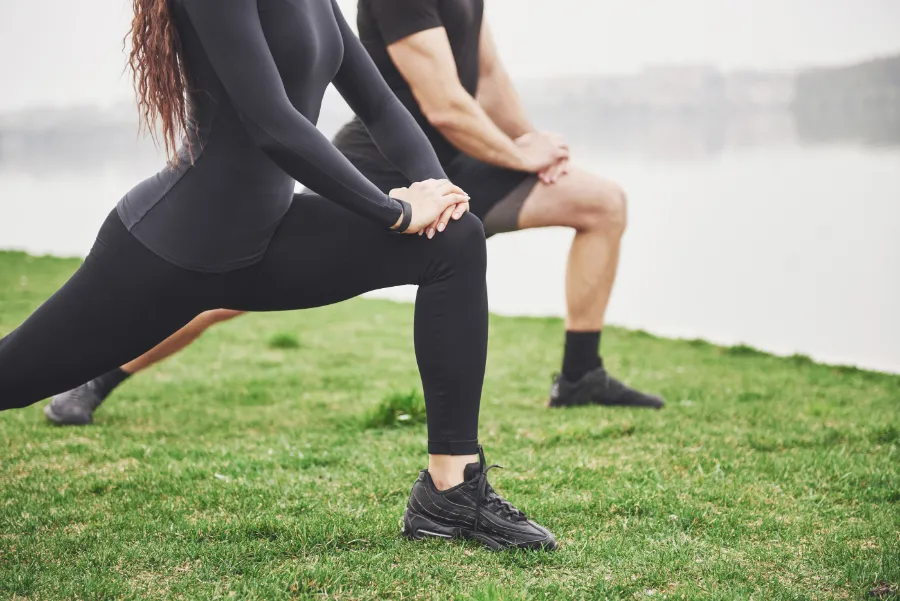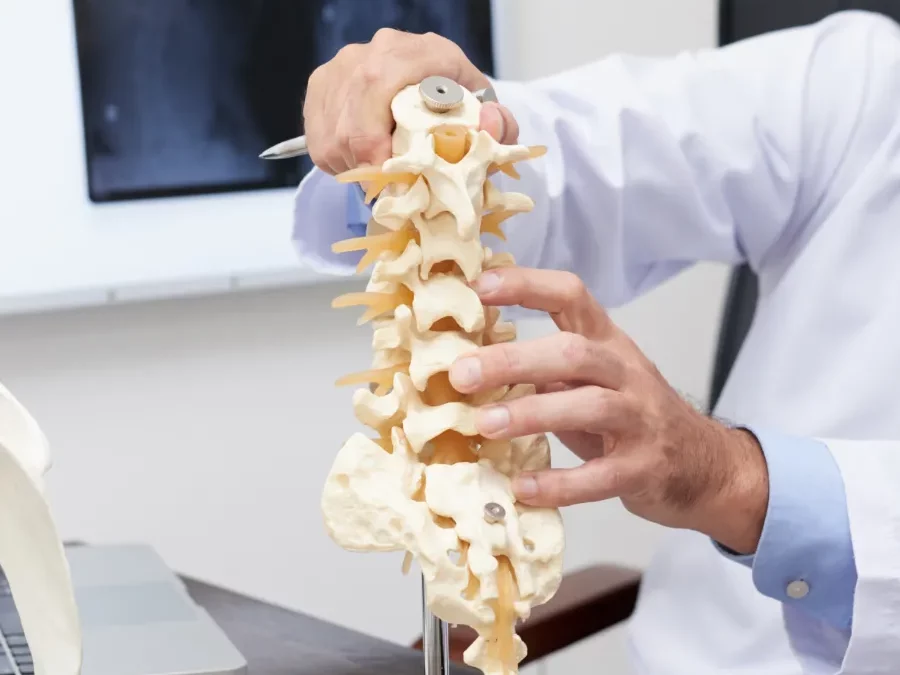Do you sit all day or often find yourself complaining of hip discomfort? Experiencing hip pain is a common problem that many of us face. This comprehensive guide will introduce you to chiropractic stretches specifically designed for the hips. Dive in to discover easy stretches that can alleviate your pain, and understand the significance of chiropractic care in promoting hip health.
Why is Chiropractic Care Essential for Hips?
The world of chiropractic zeroes in on the spine and its intricate alignment, which has cascading effects on the entire body’s function, including the hips. A misaligned vertebra can be a root cause of hip pain and even lead to low back pain. With regular chiropractic care, the spine’s alignment is checked and corrected, preventing issues like hip discomfort. If you’re already experiencing hip pain, visiting a chiropractor can provide insights into its root cause, and they can recommend specific exercises and stretches tailored to your needs.
What Causes Hip Pain?
Hip pain is a common problem that many face. A range of factors, from an inactive lifestyle, prolonged sitting, to accidental injuries can lead to tightness and stiffness in the hips, causing hip pain. Medical conditions, such as arthritis or hip bursitis, can also be culprits behind the discomfort. Recognizing the root cause of your hip pain is the first step towards addressing it effectively.
Exercises and Stretches: Where to Begin?
Initiating your journey with some easy stretches can work wonders for hip pain. The hamstring stretch is a popular choice among many. Here’s how you do it: Sit on the floor, keep one leg straight with toes pointed upward, and the other bent. Lean forward, ensuring your spine remains straight, until you feel the stretch in the back of your extended leg. Hold the stretch for a good five seconds, then switch legs. Incorporating exercises and stretches like this can significantly enhance strength and flexibility, ultimately combating pain.
How to Perform the Hip Flexor Stretch:
- Lunging Position: Begin in a lunge position with your right leg forward and your left leg extended back. Ensure that your right knee is directly above your right ankle to protect your knees.
- Lean Forward: Slowly lean forward, deepening the lunge, while keeping your spine straight and shoulders relaxed. As you do this, you should feel a stretch in the front of your left hip. This is your hip flexor being stretched.
- Enhance the Stretch: For a deeper stretch, you can raise your left arm overhead and slightly lean to the right. This will intensify the stretch down the left side of your body.
- Hold and Switch: Hold the stretch for about 20-30 seconds, making sure to breathe deeply. Exhale as you deepen the stretch. After the time is up, switch sides and repeat with your left leg forward.
Things to Remember:
- Ensure your hips remain square and facing forward throughout the stretch.
- Protect your back knee by placing a soft mat or folded towel beneath it.
- The stretch should be felt in the hip region and not cause any discomfort in the knees or back.
Incorporating the hip flexor stretch into your daily routine, especially if you sit all day, can prevent tightness and reduce the chances of experiencing hip pain. Like all stretches, consistency is key. And if you’re ever in doubt, or if the pain persists, it’s always a good idea to consult with a chiropractor.
The Psoas: Why is it Important?
The psoas muscle plays a pivotal role in hip flexibility. If your psoas is tight, it can be a direct contributor to low back pain and discomfort in the hip area. To stretch the psoas, begin by kneeling on your right knee with your left foot positioned in front, ensuring a 90-degree angle. Lean forward slightly, making sure to keep your spine straight, and when you feel the stretch in the front of your right hip, hold for three to five seconds, then switch.
How Can Figure 4 Stretch Help Hip Pain?
The figure 4 stretch is a chiropractic favorite. It primarily targets the piriformis and glutes, muscles which, when tight, can cause hip discomfort. To perform this, lie back on the floor, ensuring your back is flat. With your knees bent, place your right ankle over your left thigh. Gently pull the knee towards your chest, and you’ll feel the stretch deep in your right hip. Hold for a moment, then switch.
The Power of the Quad Stretch
Quadriceps, or simply quads, are the muscles located at the front of your thigh. Tight quads can cause hip and even knee pain. Standing near a wall for balance, bend your right knee, grasp your right foot with your hand, and pull the foot close to your glutes. Ensure to keep your hips straight ahead and knees together. Hold, release, and then repeat on the other side.
Supine Stretches: What Are They?
Supine stretches refer to those performed while lying on your back. A remarkable supine stretch for the hips is the pelvic tilt. Begin by lying on your back with your knees bent. Engage in a pelvic tilt, pressing your back against the floor, and then return to a neutral position. This simple movement can be a boon for those with lower back and hip pain.
Adductor Stretches: Targeting the Inner Thigh
The adductor muscles, located on the inner thigh, can sometimes be the culprit behind hip pain. To stretch them, sit in a seated position and bring the soles of your feet together. Allow your knees to fall out to the sides, and gently press down on them with your elbows. You should feel a stretch in the groin area, targeting the adductor muscles.
Tips for Safe and Effective Stretching
- Always engage in a short warm-up before stretching to minimize injury risks.
- Aim for a neutral spine during all stretches.
- Be mindful and never force a stretch. Listening to your body is crucial.
- Always consider consulting a chiropractor for personalized advice and stretches that fit your needs.
Chiropractic Tips for Preventing Future Hip Pain
Maintaining hip flexibility and strength is the key to a pain-free life. Regularly executing the above exercises and stretches, combined with chiropractic care, can ward off future hip pain. Also, an active lifestyle and minimizing prolonged sitting can keep your hips flexible and free from pain.
In Summary:
- Chiropractic care is invaluable for maintaining optimal spine and hip health.
- Hip pain can arise from a plethora of factors, both lifestyle-related and medical.
- Stretching regularly can be a preventive measure against hip pain.
- Always consider visiting a chiropractor for specialized guidance and exercises.
- An active lifestyle and reduced sitting duration can work wonders for hip health.







